What Should Your School’s Reading Instruction Look Like?
This post may contain affiliate links.
Do you remember how you learned to read? Were you in a reading group? Did you use the SRA boxes? Plenty of research tells us what works best for learners who are learning to read and what the best method of reading instruction is.
Reading Instruction
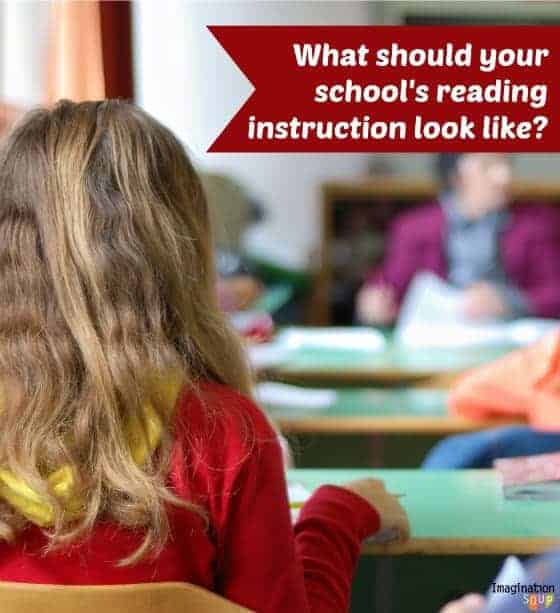
What we should see in our children’s classrooms when it comes to reading instruction:
Student-centered.
Children select their own books — choice is important! (See my post “Just-Right Books“) Watch how to select a just-right book.
REAL books.
Real, authentic books not “decodable” books with controlled vocabulary.
Comprehension focused.
The focus is on meaning not skills.
Social.
Kids talk about books and discuss with other readers.
Reader’s Workshop approach
1) Short direct instruction on something good readers do, usually a cognitive skill (5-10 minutes), 2) a long reading time (30 – 60 minutes) in which children read and apply the lesson to their own, self-selected books as well as a time for the teacher to confer with individual students, 3) ends with reading journal writing and a whole-group reflection time (5-10 minutes).
Watch a Reading Workshop in 1st grade. This is what you should want for your child!
Process-oriented.
Reading comprehension strategies explicitly modeled, taught and practiced.
Strategies that good readers use: use fix-up strategies when comprehension is interrupted, connect to background knowledge, determine importance, make inferences, visualize or make sensory images, ask questions, synthesize, be meta-cognitive about his or her own thinking. Reading strategies printable.
Limited phonics.
Phonics is a part of a balanced program but shouldn’t be overemphasized. Even in a kindergarten classroom, phonics should be no more than 20 minutes a day. (Phonics becomes unnecessary when children are reading fluently.)
Daily read aloud time.
Individual and partner work.
Whole group, small group and individual instruction.
Variety and quantity.
Lots of books in the room available to children, of different genres, topics.
Teacher models being a reader.
Teacher shares with students what he or she is thinking when she reads, books she or he likes, etc.
Variety of assessments including and especially conferring with students.
Watch an example of a teacher-student reading conference. Love this! This teacher can totally differentiate (individualize) for this reader because he’s assessing the reader and providing individualized instruction.
Reading and writing are connected and taught in cooperation with each other.
Flexible and fluid guided reading instruction.
“The Daily Five” (Read to Self, Read to Someone, Listen to Reading, Work on Writing, Word Work)
What we don’t want to see — because it’s not good for learners:
Teacher-centered.
Teacher selects the books for the children to read. Children do not get to choose.
“Decodable” leveled books.
No real books to be found. These books often don’t make sense and aren’t interesting to readers so can be much harder than real books.
Phonics emphasized over comprehension.
Grouping by ability exclusively.
Guided reading programs do this.
Round-robin reading.
No comprehension happening here because students are either planning ahead what they’re supposed to read or worrying.
Assessments are tests only.
Reading does not include writing.
Whole group instruction and activities.
Teacher doesn’t model his or her own thinking out-loud for kids.
Everyone reads the same book or basal reader.
Paper and pencil activities (test prep, worksheets).
Resources:
Rhodes, Lynn, and Curt Dudley-Marling. 1996 Readers and Writers with a Difference. A Holistic Approach to Teaching Struggling Readers and Writers.
Zimmerman, Susan, and Ellin Oliver Keene. 1997. Mosaic of Thought.
Zemelman, Daniels, & Hyde. 1998 Best Practice New Standards for Teaching and Learning in America’s Schools.
![]()
![]() Some rights reserved by Enokson
Some rights reserved by Enokson
What reading instruction are you seeing at your child’s school?
Anything you’re wondering about you need me to explain?
READ MORE:
Workshop Approach to Instruction
Constructivist Classroom
What to Expect in a Writer’s Workshop
The Case Against Skill and Drill Curriculum

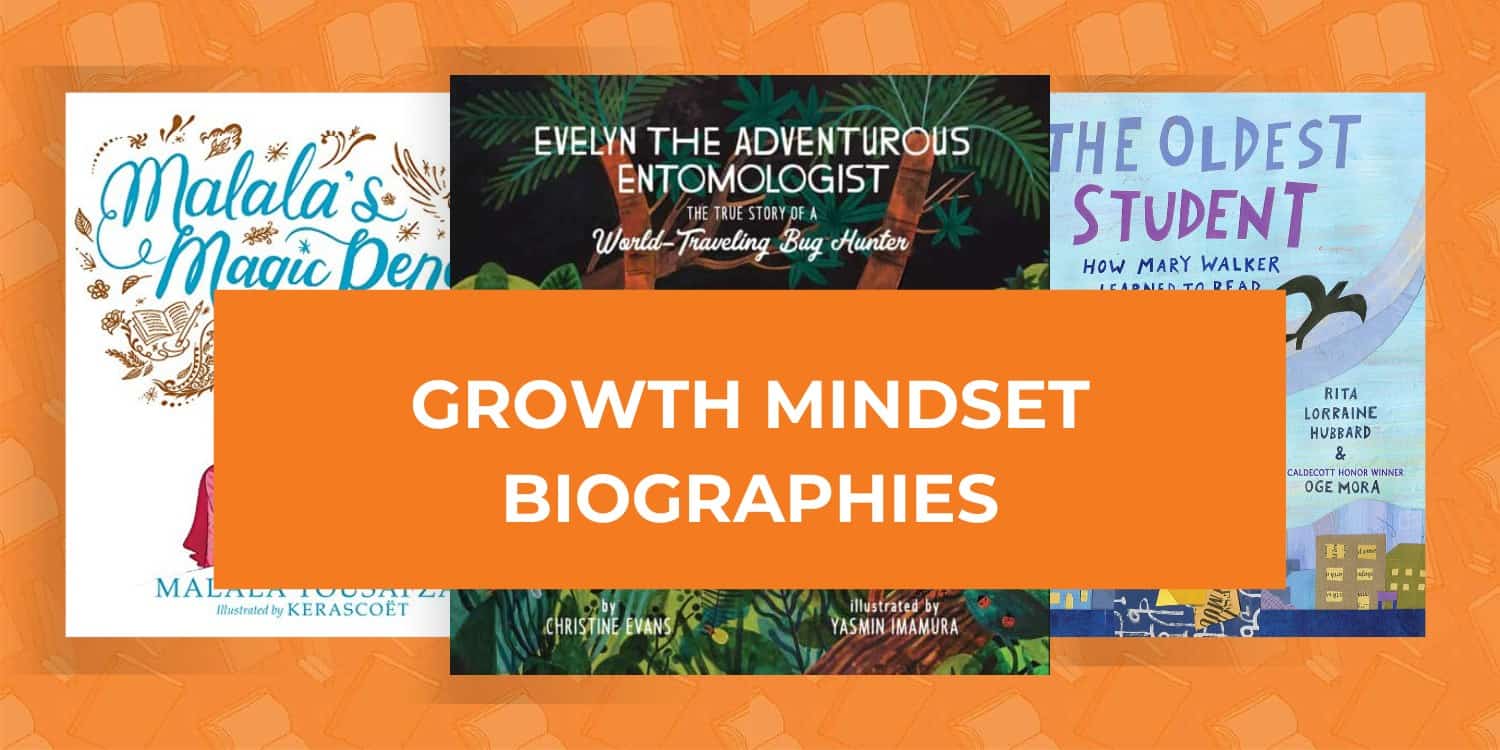
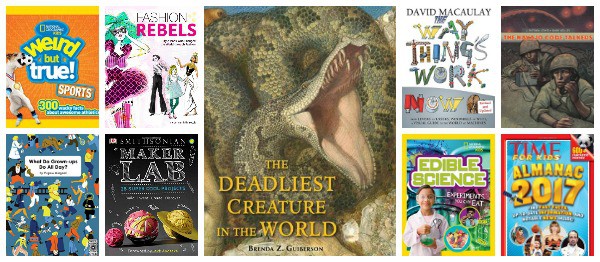
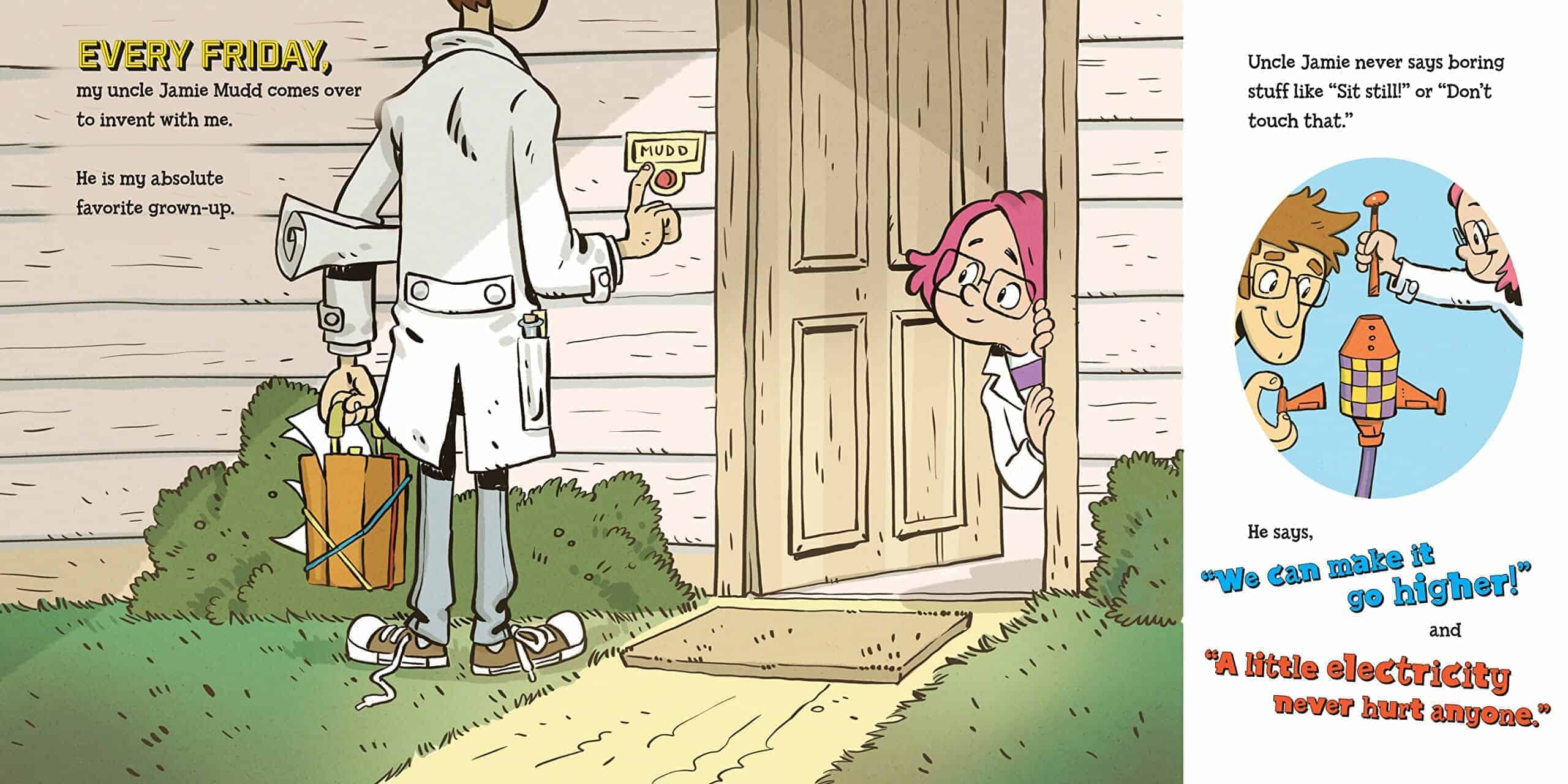
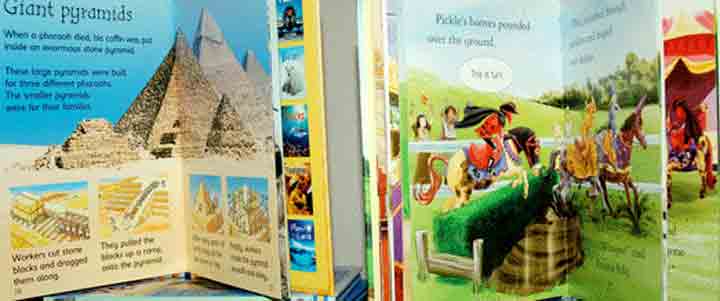
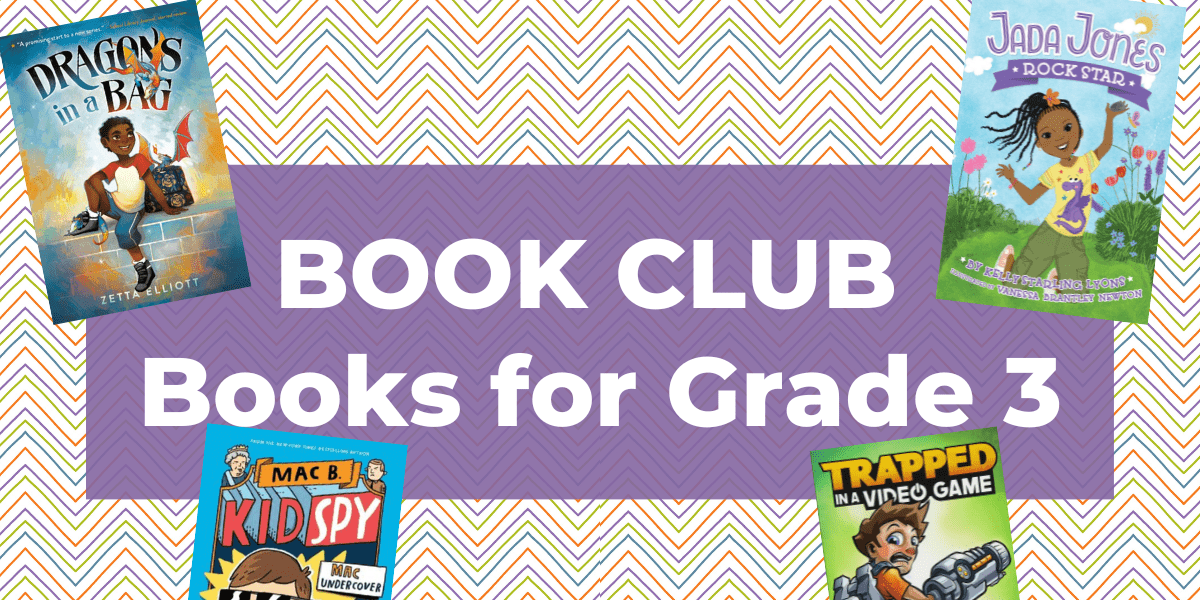

As an english teacher, this is a concise and accurate list. I love that I found your blog. Thanks!
Splendid list for observing a classroom where authentic reading instruction is happening. Schools need to develop not only the skill, but also the will, to read.
Thanks, Keith, I totally agree!
All students benefit from decodable text and phonics instruction when they are learning to read. Decodable means the student has the letter-sound association knowledge and the sight word knowledge to decode/read and does not need to guess or overly rely on context and picture clues. Rereading decodable text leads to automaticity which leads to fluency. Fluent reading enhances reading comprehension, the goal of reading. Phonics instruction should continue well beyond Kindergarten. By grade 3/4 students are reading more nonfiction and there will be many words that they need to figure out through syllable division. They will need to identify the syllable types to figure out the vowel sound(s). As students reach the Latin and Greek layer of language, morphology is important- students learn to read and spell common prefixes, suffixes, and roots. They learn the meanings of these morphemes to inform spelling and vocabulary. Teaching reading really is rocket science. It is way more than teaching the consonants and long and short vowels. See the National Reading Panel to get a sense of what a reading program should look like. A free book available online that is very informative and summarizes the reading panel’s findings is: Put Reading First.
I’m not afan of Reading A-Z decodable text either. But check out Flyleaf Publishing’s decodable text. These books are real, beautiful, with authentic language, excellent vocabulary, etc…. I am rather surprised at this post.
Linda,
Perhaps we are using different terms – I would not call roots / suffixes / prefixes teaching phonics, but I’d say it’s vocabulary development. Maybe we’re talking about the same thing and using different words?
As far as decodable text, I’ve not seen good research nor any anecdotal evidence that this works well for kids. In fact, if you look at brain research about learning, it is clear that there are two important questions learners must answer yes to in order to store the learning into long term memory. 1. Does it make sense? and 2. Does it have meaning? (is it relevant to my life?) (Sousa, 2006) (Maquire, Frith, & Morris, 1999) What then is the possibility of a child finding the decodable books that make sense and have meaning to their life? Instead, why not use real books to teach phonics and fluency? and show children how to self select?
Decodable doesn’t need to mean nonsense or poor quality text though it often does. I love the Flyleaf books: the first set combines decodable text and predictable text in a beautiful format with stunning illustrations. The next level sets of books follow a typical phonics sequence beginning with book 1, The Sunset Pond, and continuing on to books- both fiction and nonfiction. Two of my favorites are Lin Lin and the Gulls, a retelling of a folktale, and Mr Sanchez. Be sure to take a look at these books. With growing phonetic knowledge, many books become decodable for students. Morphology instruction goes beyond vocabulary instruction and includes decoding/reading and encoding/spelling. In addition there are advanced endings that help students decode and spell more sophisticated words. For children with language based learning differences, this kind of instruction is necessary. To create decodable text at the very beginning when there are fewer meaningful books, I sometimes write my own books or write them with student input, using their word wall words and words that match the student’s phonetic knowledge.
Students that need decodable text for a longer time tend to love the stories that adults find boring BECAUSE they can finally break the code and read successfully.
One size does not fit all, and we should help families understand their own child and what their own child needs to be successful.
good points about one size not fitting all and decodable books – thanks!
Some Research on using decodable text.
“Students’ accuracy & word recognition skills positively, significantly correlated with reading more highly decodable texts (Hoffman et al., 2000)
Readers’ performances on decoding & comprehension measures were superior when receiving direct phonics instruction with decodable texts (Foorman et al., 1998)
Students involved in scripted phonics lessons supplemented with decodable books performed better in reading pseudo-words (Juel & Roper-Schneider, 1985)
Students given explicit instruction in phonics & phonological awareness with decodable texts outperformed a less explicit phonics group that did not use decodable texts (Torgeson et al., 1999)”
(from presentation by Wick & Woodruff)
SUMMARY from a research study on decodable text (Scholastic Readers)
“Results of this study reveal that Scholastic Phonics Readers do make a
significant difference in beginning reading skills. The positive impact of this
teaching method is measurable through standardized assessments, such as the
Woodcock Reading Mastery Test, as well as more informal phonics, spelling,
and reading attitude instruments. Phonics instruction in addition to reading
practice with decodable text also made a positive impact on spelling ability,
which was demonstrated in students’ independent writing. It is evident that
using controlled text as an alternative to traditional trade literature for phonics
lesson follow-up is preferable for getting young children off to the best
start in learning to read. Furthermore, the results indicate that children gain
reading self-confidence using Scholastic Phonics Readers, which then leads to
reading enjoyment. Scholastic Phonics Readers contain stories that both
teachers and children will enjoy spending time with — stories that are
worth reading, discussing, and writing about. Thus, decodable texts can be
engaging and motivating to students. Most importantly, the evidence is that
they make a significant difference in teaching young children to read.”
I just can’t take research from Scholastic about Scholastic books seriously. They kind of have a huge bias, don’t you think?
What are “decodable” books? And how would you identify a “real” book? I’m just starting homeschooling with my kindergartener and this list of a good vs. bad reading lists interests me a great deal, so I can make sure I’m not establishing detrimental patterns. Thanks!
Here’s a website with decodable books you can look through -http://www.readinga-z.com/book/decodable-books.php – basically, these are books that only use certain phonics sounds so most often the stories don’t make much sense.
Real books are just books – books that tell a story and make sense written to entertain or educate, not to learn a certain phonics sound or pattern.
Hopefully that makes sense.
If you use a book like Cat the Cat Who is That? by Mo Willems – it’s got limited words so it’s great for early readers but it’s still a real book with a story that will engage and entertain a child.
Good list